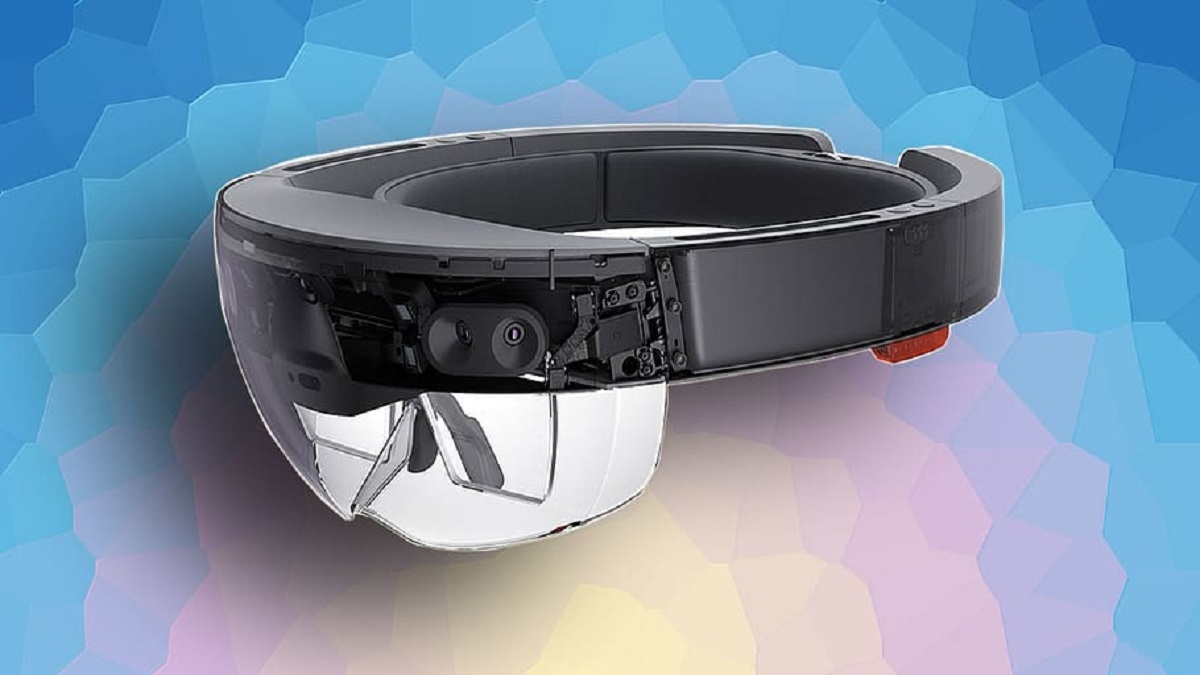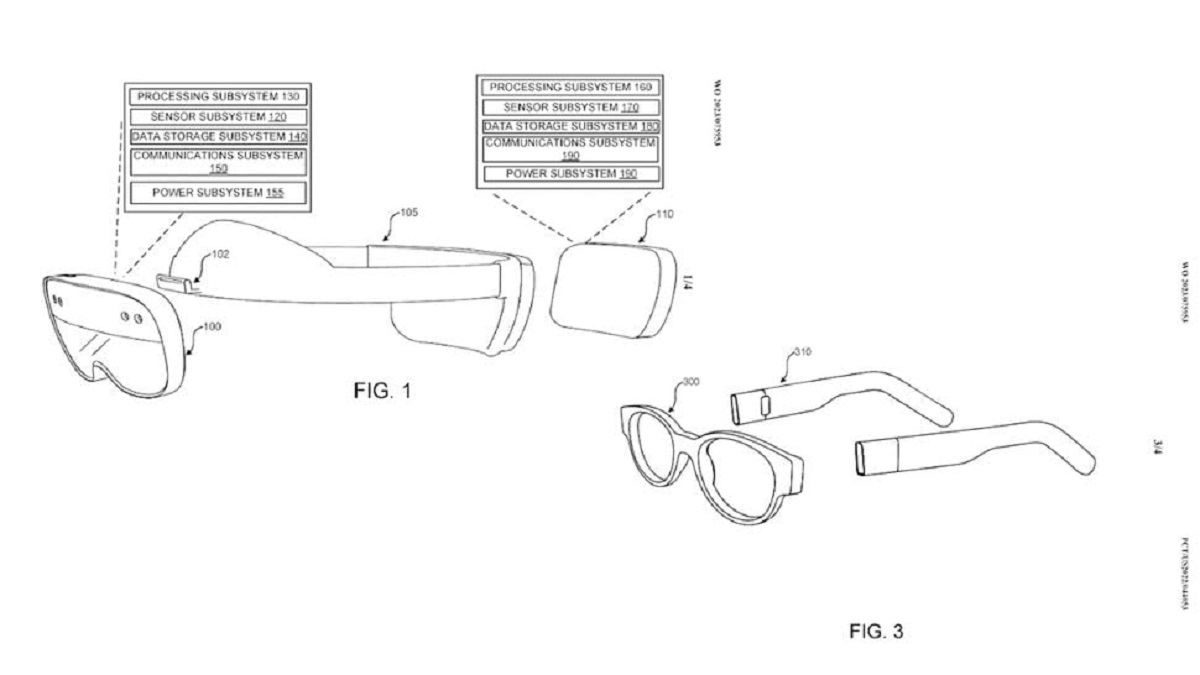The golden age of AR and VR technologies is upon us, with the concept of the Metaverse capturing the imagination of tech enthusiasts worldwide. Apple’s recent introduction of the Vision Pro has brought augmented and virtual reality into the media attention. However, Microsoft has been a key player in the market with its HoloLens devices. Now, a new patent reveals an exciting development for the next generation HoloLens 3, a modular design that has the potential to make mixed-reality technology more accessible and adaptable for a wide range of users.

Patent applications often provide valuable insights into the future plans of technology companies, making them particularly intriguing for tech enthusiasts. Microsoft’s latest patent is centered around mixed reality technology, which combines both AR and VR elements. What makes this patent so captivating is the promise of a modular and cost-effective structure for the HoloLens 3. This means that as the user base expands, additional modules can be added as needed, allowing users to customize their experience by swapping different modules to suit their specific requirements. This type of flexibility is particularly appealing given Microsoft’s partnership with the U.S. Army and its wide use in various industries.

According to the information, the modular sensor and display module will feature a standard interface that can be attached to various fit systems, such as headbands, VR headsets, glasses temples, helmets, and more. Furthermore, the patent outlines the inclusion of a rear-attachment module that can provide additional computational power, storage, and power resources for the modular sensor and display module. This comprehensive approach ensures that the HoloLens 3 can adapt to various contexts and meet the evolving needs of users.
HoloLens 3, it is clear that AR/VR headsets are gaining popularity with each passing day. To prevent losing market share to Apple’s dominance, Microsoft is likely to turn its plans into reality. The potential affordability and adaptability of the proposed design make it an enticing prospect not only for consumers but also for businesses and industries looking to leverage mixed-reality technology.
Microsoft’s new patent for the HoloLens 3 reveals a novel modular design that has the potential to make mixed-reality headsets more affordable, adaptable, and accessible. As the race intensifies in the AR/VR market, this design innovation could position Microsoft as a leading player in the industry. By offering users the ability to customize their HoloLens experience through modular components, Microsoft is poised to cater to a wider range of user needs and applications.
